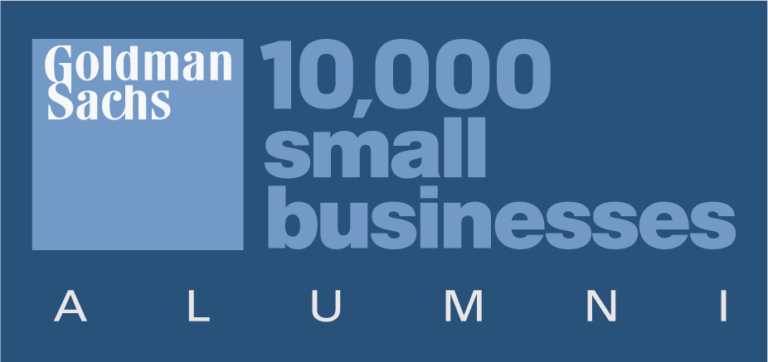Core Web Vitals: Everything you need to know about Google’s latest update

Heads up: Google is making a big change to its algorithm and how it ranks web pages in search results. This update involves what Google calls “Core Web Vitals,” a set of user-centric metrics that help tell Google how user-friendly a web page is.
In this post, we’ll give you an overview of what Core Web Vitals are, why you should care, and how you can improve yours.
What are Core Web Vitals?
Core Web Vitals are three factors Google considers important to a web page’s user experience:
- Largest Contentful Pain (loading speed)
- First Input Delay (interactivity speed)
- Cumulative Layout Shift (visual stability)
Basically, Google uses these three things to give your page experience a score. The better your score, the more likely Google is to favour your web page in search results.
That said, there are also other web vitals Google considers (like how mobile-friendly a page is or if it has “safe browsing”), but these three core factors now pull more weight.
Why this matters
Let’s take things back a step. As you know, Google is a search engine. So, its job is to match a user’s search with the best possible results (i.e. relevant, quality content).
This is where things get a little more complicated.
Historically, Google’s algorithm found high-quality content that matched a user’s query and reviewed the page for mobile-friendliness, safe browsing, etc. But that’s not all now. While original and relevant content will always be an extremely important factor for SEO, Google will now prioritize the user experience and these Core Web Vitals as a key ranking signal.
That means websites that don’t implement best practices in these areas will get a lower score than ones that do. Thus, they’ll be less likely to show up in search results.
How to improve your core web vitals score
Now that you’re caught up, you’re probably wondering: How do I improve my Core Web Vitals then?! Read on and we’ll break each element down into more detail and give you some tips to improve each.
Largest Contentful Paint (LCP)
The Largest Contentful Paint is how long it takes a page to load for users. Specifically, it measures the amount of time it takes for a user to be able to see and interact with your page.
We recommend looking at your LCP data in your Google Search Console. You can get insight into which pages are ranked ”good,” “need improvement,” or “poor.” The heart of improving this vital largely involves cleaning up code and removing or optimizing images.
Here are some things you can do to improve your site’s LCP:
- Remove any unnecessarily third-party scripts.
- Upgrade your web host if it’s dragging your speed down.
- Set up lazy loading. Lazy loading makes it so images only load when someone scrolls down your page.
- Remove large page elements. Google PageSpeed Insights will tell you if your page has an element that’s slowing down your page’s LCP.
First Input Delay (FID)
First Input Delay is how long it takes for a real-life user to interact with your page. For example, how long does it take for them to choose an option from a menu, click on a link in the site’s navigation, enter an email, or open up an accordion text?
This isn’t always relevant for long, text-heavy pages (like blog posts or sales pages) but, for things like login pages, signup pages, or other pages where users need to quickly click on something, FID is critical.
Here are some things you can do to improve your site’s FID scores:
- Minimize (or defer) JavaScript. It’s very difficult for users to interact with a page while the browser is loading Javascript.
- Remove any non-critical third-party scripts. Just like with FCP, third-party scripts (like Google Analytics, heatmaps etc.) can negatively impact FID.
- Use a browser cache. This helps load content on your page much faster, which means users can interact with it in better time.
Cumulative Layout Shift (CLS)
Cumulative Layout Shift is a pages’ visual stability (i.e. how stable elements of a page are while the page loads). You want your page to be stable so users don’t have to re-learn where links, images, and fields are when the page is loaded.
Here are some ways to minimize CLS:
- Use set size attribute dimensions for any media (video, images, GIFs, infographics etc.). This ensures a user’s browser knows exactly how much space that element will take up on that page (so it doesn’t change as the page finishes loading).
- Make sure ad elements have a reserved space. If they don’t, they can suddenly appear on the page, pushing content down, up, or to the side.
- Add new UI elements below the fold. This prevents those elements from pushing content down unexpectedly.
In summary: Improving your Core Web Vitals can help you get in front of more prospects
Google’s rolling out a big shift in how it ranks web pages in search results and it all comes down to how user-friendly your website is. Quality, relevant content will always be the most important factor but, if your website isn’t primed for the user experience, you’ll lose some serious points. By addressing factors that affect your Core Web Vitals, you’ll boost your chances that Google is happy with your website. In turn, you’ll be more likely to show up in your prospects’ searches!
Need help with your Core Web Vitals (or your SEO in general)?
If you haven’t thought about your SEO in a while (or ever…), it’s especially important now with the rollout of the Core Web Vitals metrics. We encourage you to test your web vitals here.
If you want help improving your ranks, we’d love to help! We offer a variety of SEO services to maximize organic, un-paid, high-quality online traffic. Contact us to learn more about ongoing or one-time support.






